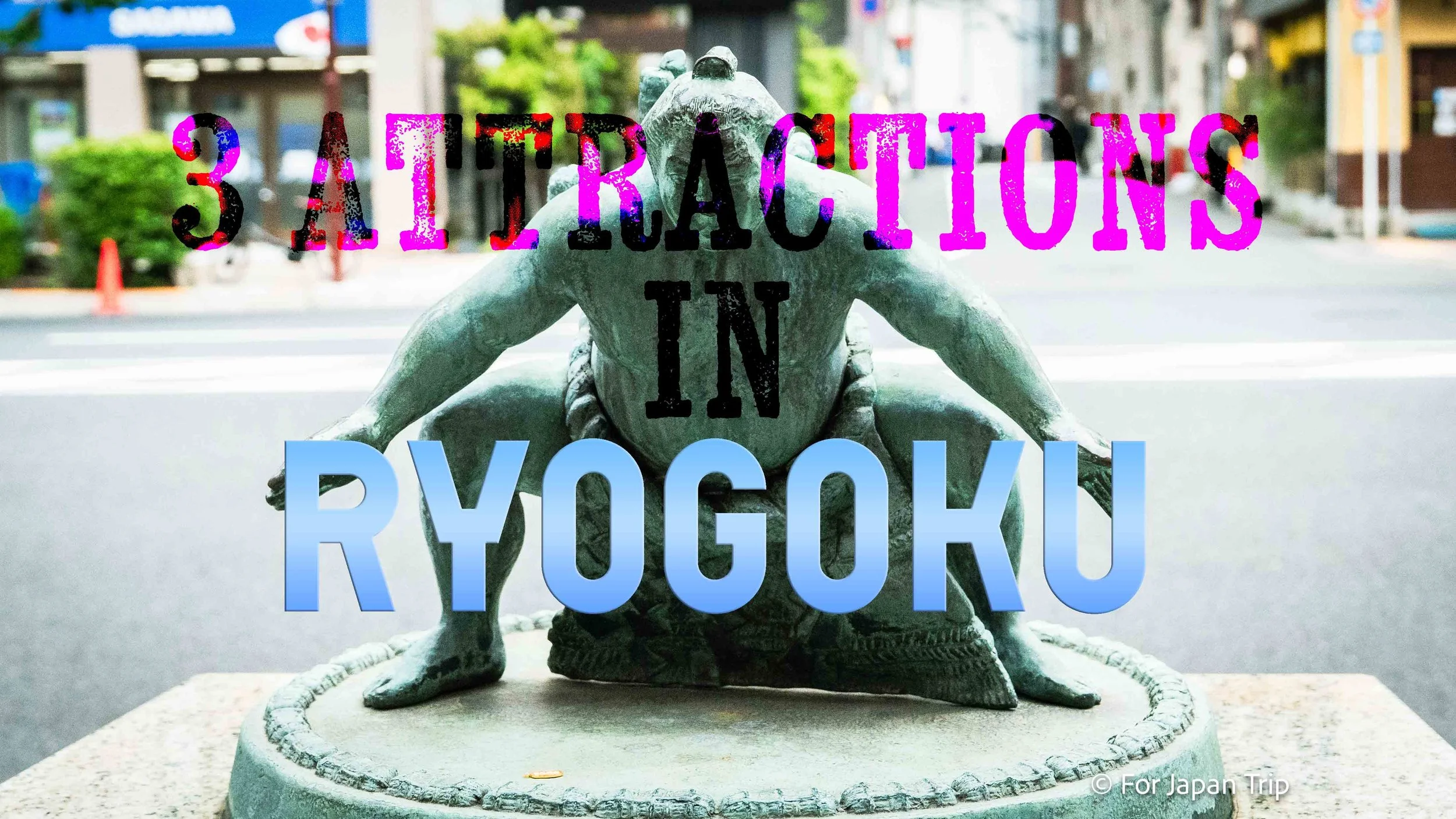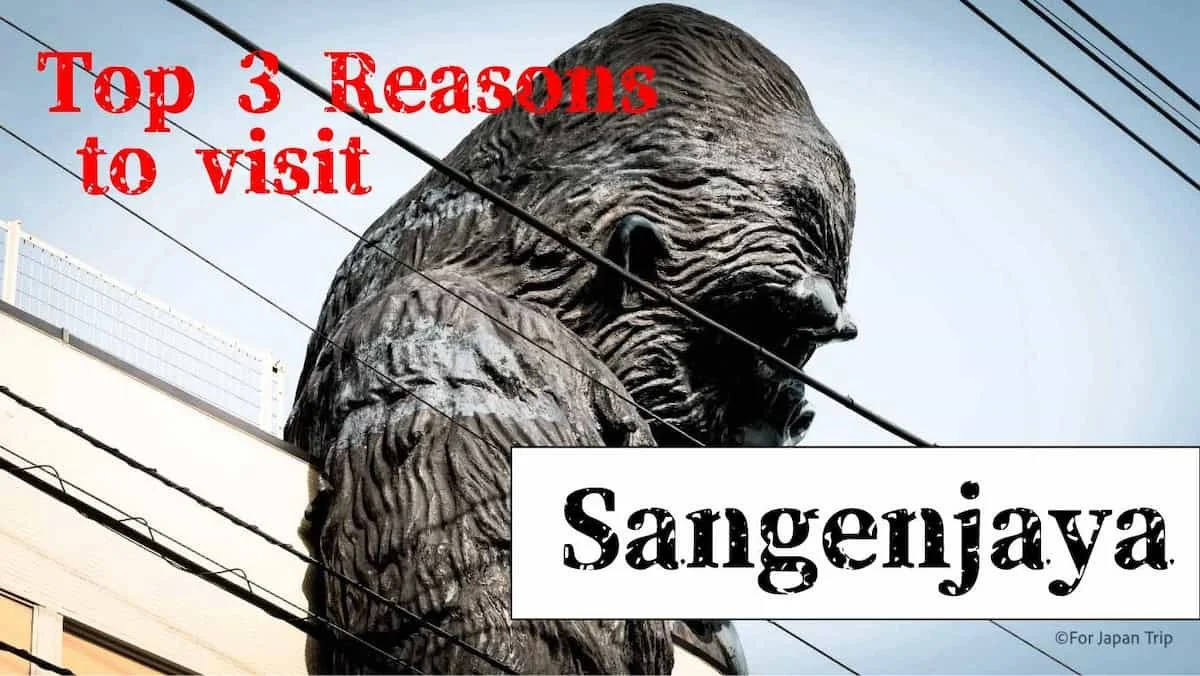Top 3 Attractions in Ogikubo, Tokyo Travel
※updated on August 9 2025
Asakusa is one of Tokyo’s most iconic sightseeing areas and a perennial favorite among visitors. Centered around Sensō-ji Temple, where the past and present blend seamlessly, many people enjoy exploring spots such as Nakamise Street and Hoppy Street. However, the area surrounding Sensō-ji is also home to several other charming and historically significant shrines. Here, we introduce three shrines you should definitely visit when exploring the Asakusa area.
1) Ohtori Shrine
Ohtori Shrine in Asakusa is a historic Shinto shrine located in Senzoku, Taito City, Tokyo.
It is famous for its “Nadeokame” (Lucky Smiling Mask you can touch for good fortune) and its vividly colored Myojin Torii gate.
The shrine is well-known for blessings in prosperous business and good luck. Its origins are said to date back to before the Heian period, and it enshrines the legendary hero Yamato Takeru no Mikoto as its main deity.
The shrine is especially renowned for the annual “Tori-no-Ichi” festival held every November. While this festival is celebrated at Ohtori shrines throughout the Kanto region, Asakusa’s Ohtori Shrine is considered one of its birthplaces, with lively celebrations continuing since the Edo period. During Tori-no-Ichi, decorative bamboo rakes (kumade) are sold as lucky charms, each shop competing with elaborate designs and lively hand-clapping rituals, filling the area with energy well into the night.
Within the grounds, you’ll also find statues such as the “Nadeokame” and the “Lucky Touch Hawk,” which visitors can touch to wish for good fortune—making them popular photo spots. Stopping by Ohtori Shrine between sightseeing in Asakusa offers a chance to experience the merchant culture of Edo and the vibrant atmosphere of its traditional festivals.
2) Ono Terusaki Shrine
Ono Terusaki Shrine is a compact yet historically rich Shinto shrine located about a 3-minute walk from Iriya Station on the Tokyo Metro.
Situated in Shitaya, it is said to have been founded in the year 852, making it an ancient and highly respected shrine. The principal deity is Ono no Takamura, a historical figure who excelled as a poet, scholar, and statesman. For this reason, the shrine is well-known for blessings in academics, the performing arts, and career success.
One of the highlights within the grounds is the Shitaya Sakamoto Fujizuka, a man-made mound about 6 meters high built to resemble Mt. Fuji. During the Edo period, it became one of the main centers of Fujizuka worship and is now designated as an Important Tangible Folk Cultural Property of Japan. It is open to the public only twice a year, on June 30 and July 1, though it can be viewed from outside the fence on other days.
Other notable features include Orihime Inari Shrine, revered as the deity of “musubi” (connections), said to bless both romantic relationships and careers, as well as over 20 unique guardian statues with varying facial expressions—details that add to the shrine’s charm and dignity.
Seasonal flowers bloom throughout the year, offering visitors a peaceful retreat in the heart of the city. During the annual “Grand Festival” in June and the New Year’s first prayers, the shrine bustles with worshippers, making it a beloved landmark in Taito Ward where history, culture, and faith are deeply intertwined.
3) Yoshiwara Shrine
Yoshiwara Shrine, located in Senzoku, Taito City, Tokyo, is a relatively new shrine established in 1872.
The name Yoshiwara refers to the only officially licensed red-light district sanctioned by the Edo Shogunate. Yoshiwara served as an open and vibrant social hub that transcended class divisions, hosting gatherings and entertainment for people from all walks of life. Originally located in present-day Ningyocho (about a 20-minute walk from Tokyo Station), the district was later relocated to its current site.
Yoshiwara Shrine enshrines seven deities, including Benzaiten, Ukanomitama-no-Mikoto, and Okuninushi-no-Mikoto, serving as the guardian shrine of the Yoshiwara pleasure district. It was revered as a protector of courtesans and those connected to the district, bringing blessings for safety, business prosperity, and matchmaking. Even today, the shrine attracts many visitors praying for good fortune and successful relationships.
Within the grounds lies the pond of Yoshiwara Benzaiten, a tranquil feature that hints at the area’s once-glamorous past. The shrine has been rebuilt multiple times following the Great Yoshiwara Fire, earthquakes, and wartime destruction, continuing to be cherished as a local guardian. Its annual grand festival in November fills the area with portable shrines, street stalls, and lively celebrations.
Yoshiwara Shrine offers a rare glimpse into Edo’s pleasure district culture alongside the warm, down-to-earth atmosphere of Tokyo’s old neighborhoods.
When people think of Asakusa, Senso-ji Temple often comes to mind. However, in addition to Senso-ji, there are other shrines—more compact in scale yet rich in historical background and noteworthy attractions. To gain a deeper understanding of Japanese culture, consider visiting these shrines and experiencing the profound heritage and traditions they embody.
Recommended Area
Popular Area





